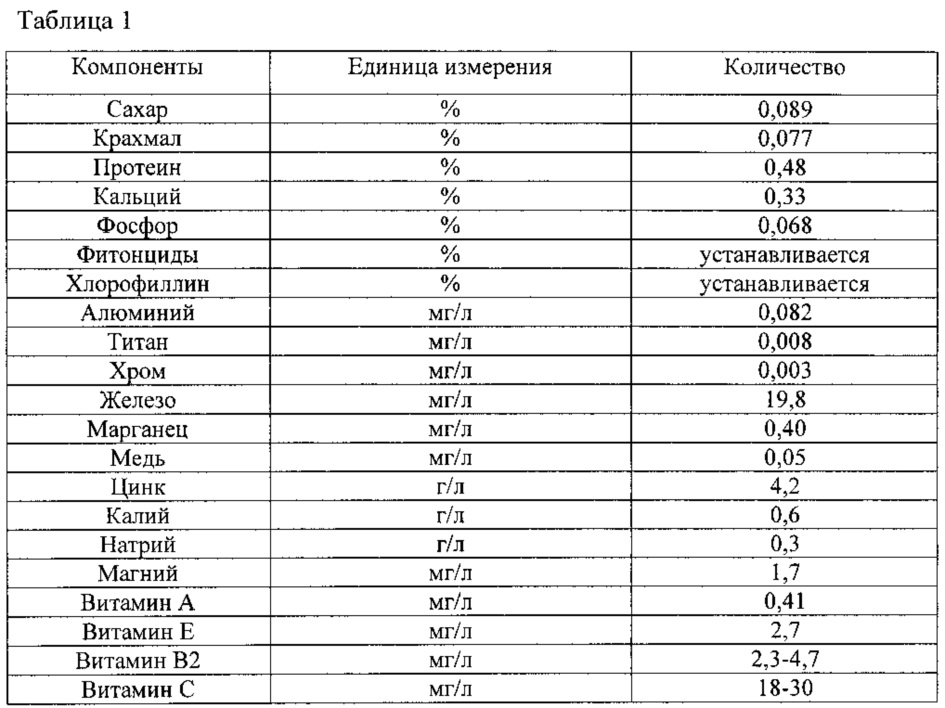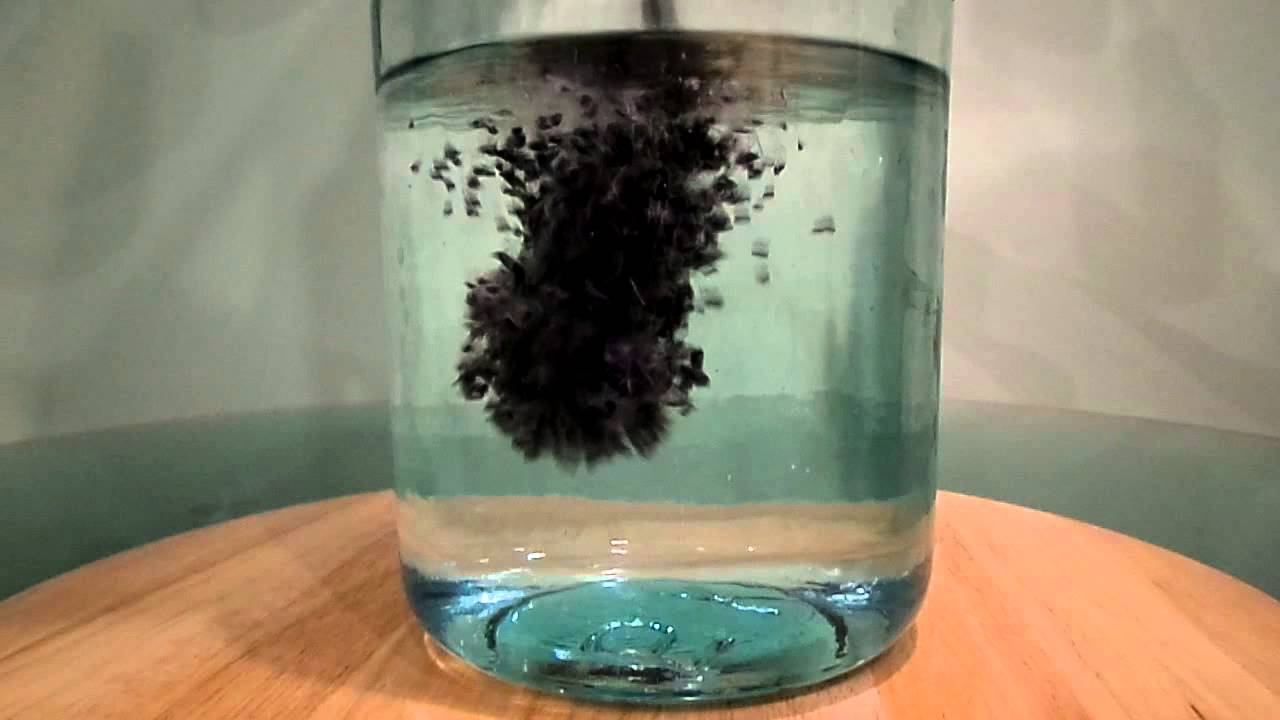Saccharomyces cerevisiae. Дрожжи saccharomyces cerevisiae это
Saccharomyces cerevisiae - WikiVisually
1. Биологическая систематика – Biological systematics is the study of the diversification of living forms, both past and present, and the relationships among living things through time. Relationships are visualized as evolutionary trees, phylogenies have two components, branching order and branch length. Phylogenetic trees of species and higher taxa are used to study the evolution of traits, Systematics, in other words, is used to understand the evolutionary history of life on Earth. John Lindley provided a definition of systematics in 1830, although he wrote of systematic botany rather than using the term systematics. This is a field with a history that in recent years has experienced a notable renaissance. Part of the material has to do with evolutionary areas. Taxonomy is that part of Systematics concerned with topics to above, however, in modern usage, they can all be considered synonyms of each other. For example, Websters 9th New Collegiate Dictionary of 1987 treats classification, taxonomy, according to this work the terms originated in 1790, c. Europeans tend to use the terms systematics and biosystematics for the field of the study of biodiversity as a whole, all of these biological disciplines can deal both with extinct and with extant organisms. Scientific classifications are aids in recording and reporting information to other scientists, the systematist, a scientist who specializes in systematics, must, therefore, be able to use existing classification systems, or at least know them well enough to skilfully justify not using them. Phenetics was an attempt to determine the relationships of organisms through a measure of overall similarity, from the late-20th century onwards, it was superseded by cladistics, which rejects plesiomorphies in attempting to resolve the phylogeny of Earths various organisms through time. Todays systematists generally make use of molecular biology and of computer programs to study organisms. Taxonomic characters are the attributes that can be used to provide the evidence from which relationships between taxa are inferred. Adaptation, or evolutionary mechanisms Scientific classification and Taxonomy - the result of research in systematics Schuh, Randall T. biological Systematics, Principles and Applications, 2nd edn. ISBN 978-0-8014-4799-0 Simpson, Michael G.2005, ISBN 978-0-12-644460-5 Society of Australian Systematic Biologists Society of Systematic Biologists Willi Hennig Society
2. Объединённая таксономическая информационная служба – The Integrated Taxonomic Information System is an American partnership of federal agencies designed to provide consistent and reliable information on the taxonomy of biological species. The database draws from a community of taxonomic experts. Primary content staff are housed at the Smithsonian National Museum of Natural History, the primary focus of ITIS is North American species, but many groups are worldwide and ITIS continues to collaborate with other international agencies to increase its global coverage. ITIS provides a reference database of scientific and common names for species. As of May 2016, it contains over 839,000 scientific names, synonyms, and common names for terrestrial, marine, data presented in ITIS are considered public information, and may be freely distributed and copied, though appropriate citation is requested. ITIS is frequently used as the de facto source of data in biodiversity informatics projects. It presents the names in a classification that contains author, date, distributional. In addition, common names are available through ITIS in the official languages of the Americas. ITIS and its partner, Species 2000, cooperate to annually produce the Catalogue of Life. The Catalogue of Lifes goal was to complete the global checklist of 1.9 million species by 2011. As of May 2012, the Catalogue of Life has reached 1.4 million species—a major milestone in its quest to complete the first up-to-date comprehensive catalogue of all living organisms, ITIS and the Catalogue of Life are core to the Encyclopedia of Life initiative announced May 2007. EOL will be largely on various Creative Commons licenses. The newer material has been checked to higher standards of taxonomic credibility, biological taxonomy is not fixed, and opinions about the correct status of taxa at all levels, and their correct placement, are constantly revised as a result of new research. Many aspects of classification remain a matter of scientific judgment, the ITIS database is updated to take account of new research as it becomes available, and the information it yields is likely to represent a fair consensus of modern taxonomic opinion. Records within ITIS include information about how far it has been possible to check and its information should be checked against other sources where these are available, and against the primary research scientific literature where possible
3. Национальный центр биотехнологической информации – The National Center for Biotechnology Information is part of the United States National Library of Medicine, a branch of the National Institutes of Health. The NCBI is located in Bethesda, Maryland and was founded in 1988 through legislation sponsored by Senator Claude Pepper, the NCBI houses a series of databases relevant to biotechnology and biomedicine and is an important resource for bioinformatics tools and services. Major databases include GenBank for DNA sequences and PubMed, a database for the biomedical literature. Other databases include the NCBI Epigenomics database, all these databases are available online through the Entrez search engine. NCBI is directed by David Lipman, one of the authors of the BLAST sequence alignment program. He also leads a research program, including groups led by Stephen Altschul, David Landsman, Eugene Koonin, John Wilbur, Teresa Przytycka. NCBI is listed in the Registry of Research Data Repositories re3data. org, NCBI has had responsibility for making available the GenBank DNA sequence database since 1992. GenBank coordinates with individual laboratories and other databases such as those of the European Molecular Biology Laboratory. Since 1992, NCBI has grown to other databases in addition to GenBank. The NCBI assigns a unique identifier to each species of organism, the NCBI has software tools that are available by WWW browsing or by FTP. For example, BLAST is a sequence similarity searching program, BLAST can do sequence comparisons against the GenBank DNA database in less than 15 seconds. RAG2/IL2RG The NCBI Bookshelf is a collection of freely accessible, downloadable, some of the books are online versions of previously published books, while others, such as Coffee Break, are written and edited by NCBI staff. BLAST is a used for calculating sequence similarity between biological sequences such as nucleotide sequences of DNA and amino acid sequences of proteins. BLAST is a tool for finding sequences similar to the query sequence within the same organism or in different organisms. It searches the query sequence on NCBI databases and servers and post the results back to the browser in chosen format. Input sequences to the BLAST are mostly in FASTA or Genbank format while output could be delivered in variety of such as HTML, XML formatting. HTML is the output format for NCBIs web-page. Entrez is both indexing and retrieval system having data from sources for biomedical research
4. Энциклопедия жизни – The Encyclopedia of Life is a free, online collaborative encyclopedia intended to document all of the 1.9 million living species known to science. It is compiled from existing databases and from contributions by experts and non-experts throughout the world and it aims to build one infinitely expandable page for each species, including video, sound, images, graphics, as well as text. In addition, the Encyclopedia incorporates content from the Biodiversity Heritage Library, the project was initially backed by a US$50 million funding commitment, led by the MacArthur Foundation and the Sloan Foundation, who provided US$20 million and US$5 million, respectively. The project was led by Jim Edwards and the development team by David Patterson. Today, participating institutions and individual donors continue to support EOL through financial contributions, EOL went live on 26 February 2008 with 30,000 entries. The site immediately proved to be popular, and temporarily had to revert to demonstration pages for two days when it was overrun by traffic from over 11 million views it received. The site relaunched on 5 September 2011 with a redesigned interface, eOLv2 is redesigned to enhance usability and encourage contributions and interactions among users. The product is also internationalized with interfaces provided for English, German, Spanish, French, Galician, Serbian, Macedonian, Arabic, Chinese, Korean and Ukrainian language speakers. On 16 January 2014, EOL launched TraitBank, a searchable, open digital repository for organism traits, measurements, interactions, information about many species is already available from a variety of sources, in particular about the megafauna. Gathering currently available data on all 1.9 million species will take about 10 years, as of September 2011, EOL had information on more than 700,000 species available, along with more than 600,000 photos and millions of pages of scanned literature. The initial focus has been on living species but will later include extinct species, as the discovery of new species is expected to continue, the encyclopedia will grow continuously. The goal of EOL is to serve as a resource for the public, enthusiastic amateurs, educators, students. The Encyclopedia of Life has content partners around the world who share information through the EOL platform, including Wikipedia and its interface is translated at translatewiki. net. The Encyclopedia of Life – Introductory video on YouTube from May 2007
5. Дрожжи – Yeasts are eukaryotic, single-celled microorganisms classified as members of the fungus kingdom. The yeast lineage originated hundreds of millions of years ago, and 1,500 species are currently identified and they are estimated to constitute 1% of all described fungal species. Yeast sizes vary greatly, depending on species and environment, typically measuring 3–4 µm in diameter, most yeasts reproduce asexually by mitosis, and many do so by the asymmetric division process known as budding. Yeasts, with their growth habit, can be contrasted with molds. Fungal species that can take both forms are called dimorphic fungi and it is also a centrally important model organism in modern cell biology research, and is one of the most thoroughly researched eukaryotic microorganisms. Researchers have used it to information about the biology of the eukaryotic cell. Other species of yeasts, such as Candida albicans, are opportunistic pathogens, yeasts have recently been used to generate electricity in microbial fuel cells, and produce ethanol for the biofuel industry. Yeasts do not form a taxonomic or phylogenetic grouping. The budding yeasts are classified in the order Saccharomycetales, within the phylum Ascomycota, the word yeast comes from Old English gist, gyst, and from the Indo-European root yes-, meaning boil, foam, or bubble. Yeast microbes are probably one of the earliest domesticated organisms, archaeologists digging in Egyptian ruins found early grinding stones and baking chambers for yeast-raised bread, as well as drawings of 4, 000-year-old bakeries and breweries. In 1680, Dutch naturalist Anton van Leeuwenhoek first microscopically observed yeast, but at the time did not consider them to be living organisms, researchers were doubtful whether yeasts were algae or fungi, but in 1837 Theodor Schwann recognized them as fungi. In 1857, French microbiologist Louis Pasteur proved in the paper Mémoire sur la fermentation alcoolique that alcoholic fermentation was conducted by living yeasts and not by a chemical catalyst. Pasteur showed that by bubbling oxygen into the yeast broth, cell growth could be increased, by the late 18th century, two yeast strains used in brewing had been identified, Saccharomyces cerevisiae and S. carlsbergensis. S. cerevisiae has been sold commercially by the Dutch for bread-making since 1780, while, around 1800, in 1825, a method was developed to remove the liquid so the yeast could be prepared as solid blocks. The industrial production of yeast blocks was enhanced by the introduction of the press in 1867. In 1872, Baron Max de Springer developed a process to create granulated yeast. Yeasts are chemoorganotrophs, as they use organic compounds as a source of energy, carbon is obtained mostly from hexose sugars, such as glucose and fructose, or disaccharides such as sucrose and maltose. Some species can metabolize pentose sugars such as ribose, alcohols, Yeast species either require oxygen for aerobic cellular respiration or are anaerobic, but also have aerobic methods of energy production
6. Алкогольные напитки – Long-term use can lead to alcohol abuse, physical dependence, and alcoholism. Drinking alcohol plays an important social role in many cultures, most countries have laws regulating their production, sale, and consumption, some countries ban such activities entirely. However, alcoholic drinks are legal in most parts of the world, the global alcoholic drink industry exceeded $1 trillion in 2014. Alcohol is one of the most widely used drugs in the world. For instance, in 2015, among Americans, 89% of adults had consumed alcohol at point, 70% had drunk it in the last year. Alcoholic drinks are divided into three classes—beers, wines, and spirits—and typically contain between 3% and 40% alcohol by volume. Discovery of late Stone Age jugs suggest that intentionally fermented drinks existed at least as early as the Neolithic period, wine is a fermented beverage produced from grapes. Wine involves a longer process than beer and also a long aging process. Sparkling wine can be made by means of a secondary fermentation, fruit wines are made from fruits other than grapes, such as plums, cherries, or apples. Sake is an example of rice wine. Beer is a beverage fermented from grain mash and it is made from barley or a blend of several grains. If the fermented mash is distilled, then the drink is a spirit, beer is the most consumed alcoholic beverage in the world. Cider or cyder is an alcoholic drink made from any fruit juice, apple juice, peaches. Cider alcohol content varies from 1. 2% ABV to 8. 5% or more in traditional English ciders, in some regions, cider may be called apple wine. Mead is a drink created by fermenting honey with water, sometimes with various fruits, spices, grains. The alcoholic content of mead may range from about 8% ABV to more than 20%, the defining characteristic of mead is that the majority of the drinks fermentable sugar is derived from honey. A distilled drink or liquor is a drink produced by distilling ethanol produced by means of fermenting grain, fruit. Unsweetened, distilled, alcoholic drinks that have a content of at least 20% ABV are called spirits
7. Хлеб – Bread is a staple food prepared from a dough of flour and water, usually by baking. Throughout recorded history it has been popular around the world and is one of the oldest artificial foods, proportions of types of flour and other ingredients vary widely, as do modes of preparation. As a result, types, shapes, sizes, and textures of breads differ around the world, Bread may be leavened by processes such as reliance on naturally occurring sourdough microbes, chemicals, industrially produced yeast, or high-pressure aeration. Some bread is cooked before it can leaven, including for traditional or religious reasons, non-cereal ingredients such as fruits, nuts and fats may be included. Commercial bread commonly contains additives to improve flavor, texture, color, shelf life, Bread is served in various forms with any meal of the day. It is eaten as a snack, and used as an ingredient in other preparations, such as sandwiches. It forms the main component of bread pudding, as well as of stuffings designed to fill cavities or retain juices that otherwise might drip out. Bread has a social and emotional significance beyond its importance as nourishment and it plays essential roles in religious rituals and secular culture. Its prominence in daily life is reflected in language, where it appears in proverbs, colloquial expressions, in prayer and in the etymology of words, the Old English word for bread was hlaf, which appears to be the oldest Teutonic name. Old High German hleib and modern German Laib derive from this Proto-Germanic word, Bread is one of the oldest prepared foods. Evidence from 30,000 years ago in Europe revealed starch residue on rocks used for pounding plants. It is possible that during this time, starch extract from the roots of plants, such as cattails and ferns, was spread on a rock, placed over a fire. Around 10,000 BC, with the dawn of the Neolithic age, yeast spores are ubiquitous, including on the surface of cereal grains, so any dough left to rest leavens naturally. There were multiple sources of leavening available for early bread, airborne yeasts could be harnessed by leaving uncooked dough exposed to air for some time before cooking. Pliny the Elder reported that the Gauls and Iberians used the foam skimmed from beer to produce a kind of bread than other peoples. Parts of the ancient world that drank wine instead of used a paste composed of grape juice and flour that was allowed to begin fermenting, or wheat bran steeped in wine. The most common source of leavening was to retain a piece of dough from the day to use as a form of sourdough starter. In 1961 the Chorleywood bread process was developed, which used the intense mechanical working of dough to dramatically reduce the fermentation period, the process, whose high-energy mixing allows for the use of lower protein grain, is now widely used around the world in large factories
8. Эукариоты – A eukaryote is any organism whose cells contain a nucleus and other organelles enclosed within membranes. Eukaryotes belong to the taxon Eukarya or Eukaryota, the presence of a nucleus gives eukaryotes their name, which comes from the Greek εὖ and κάρυον. Eukaryotic cells also contain other membrane-bound organelles such as mitochondria and the Golgi apparatus, in addition, plants and algae contain chloroplasts. Eukaryotic organisms may be unicellular or multicellular, only eukaryotes form multicellular organisms consisting of many kinds of tissue made up of different cell types. Eukaryotes can reproduce asexually through mitosis and sexually through meiosis and gamete fusion. In mitosis, one cell divides to produce two identical cells. In meiosis, DNA replication is followed by two rounds of division to produce four daughter cells each with half the number of chromosomes as the original parent cell. These act as sex cells resulting from genetic recombination during meiosis, the domain Eukaryota appears to be monophyletic, and so makes up one of the three domains of life. The two other domains, Bacteria and Archaea, are prokaryotes and have none of the above features, eukaryotes represent a tiny minority of all living things. However, due to their larger size, eukaryotes collective worldwide biomass is estimated at about equal to that of prokaryotes. Eukaryotes first developed approximately 1. 6–2.1 billion years ago, in 1905 and 1910, the Russian biologist Konstantin Mereschkowsky argued three things about the origin of nucleated cells. Firstly, plastids were reduced cyanobacteria in a symbiosis with a non-photosynthetic host, secondly, the host had earlier in evolution formed by symbiosis between an amoeba-like host and a bacteria-like cell that formed the nucleus. Thirdly, plants inherited photosynthesis from cyanobacteria, the split between the prokaryotes and eukaryotes was introduced in the 1960s. The concept of the eukaryote has been attributed to the French biologist Edouard Chatton, the terms prokaryote and eukaryote were more definitively reintroduced by the Canadian microbiologist Roger Stanier and the Dutch-American microbiologist C. B. van Niel in 1962. In his 1938 work Titres et Travaux Scientifiques, Chatton had proposed the two terms, calling the bacteria prokaryotes and organisms with nuclei in their cells eukaryotes. However he mentioned this in one paragraph, and the idea was effectively ignored until Chattons statement was rediscovered by Stanier. In 1967, Lynn Margulis provided microbiological evidence for endosymbiosis as the origin of chloroplasts and mitochondria in cells in her paper. In the 1970s, Carl Woese explored microbial phylogenetics, studying variations in 16S ribosomal RNA and this helped to uncover the origin of the eukaryotes and the symbiogenesis of two important eukaryote organelles, mitochondria and chloroplasts
wikivisually.com
| ||||||||||||
| Бактериофаг λ · кишечная палочка (Escherichia coli) · хламидомонада (Chlamydomonas reinhardtii) · тетрахимена (Tetrahymena thermophila) · почкующиеся дрожжи (Saccharomyces cerevisiae) · делящиеся дрожжи (Schizosaccharomyces pombe) · нейроспора (Neurospora crassa) · кукуруза (Zea mays) · лук (Allium cepa) · люцерна (Medicago truncatula) · бобы (Vicia faba) · резуховидка (Arabidopsis thaliana) · нематода (Caenorhabditis elegans) · плодовая мушка (Drosophila melanogaster) · данио (Danio rerio) · шпорцевая лягушка (Xenopus laevis) · серая крыса (Rattus norvegicus) · домовая мышь (Mus musculus) |
Saccharomyces cerevisiae Информация о
 Saccharomyces cerevisiaeSaccharomyces cerevisiae
Saccharomyces cerevisiaeSaccharomyces cerevisiae Saccharomyces cerevisiae Информация Видео
Saccharomyces cerevisiae Просмотр темы.Saccharomyces cerevisiae что, Saccharomyces cerevisiae кто, Saccharomyces cerevisiae объяснение
There are excerpts from wikipedia on this article and video
www.turkaramamotoru.com
Использование активных сухих дрожжей Saccharomyces cerevisiae в технологии виноматериалов из актинидии аргута
Author
Listed:- Палагина М. В.
(Школа экономики и менеджмента, Дальневосточный федеральный университет)
- Ширшова А. А.
(Школа экономики и менеджмента, Дальневосточный федеральный университет)
- Фищенко Е. С.
(Школа экономики и менеджмента, Дальневосточный федеральный университет)
Abstract
Приведены результаты исследований использования рас активных сухих дрожжей Saccharomyces cerevisiae в получении виноматериалов из дальневосточной лианы – актинидии аргута. Изучены химико-технологические показатели и биологически активные вещества ягодного сырья и полученных виноматериалов. Установлено, что при выборе расы активных сухих дрожжей S. cerevisiae более пригодна раса LW317-30. Результаты могут использоваться при изготовлении винодельческой продукции с повышенной биологической ценностью.
Suggested Citation
Download full text from publisher
Corrections
All material on this site has been provided by the respective publishers and authors. You can help correct errors and omissions. When requesting a correction, please mention this item's handle: RePEc:scn:004657:14509652. See general information about how to correct material in RePEc.
For technical questions regarding this item, or to correct its authors, title, abstract, bibliographic or download information, contact: (CyberLeninka). General contact details of provider: http://cyberleninka.ru/ .
If you have authored this item and are not yet registered with RePEc, we encourage you to do it here. This allows to link your profile to this item. It also allows you to accept potential citations to this item that we are uncertain about.
We have no references for this item. You can help adding them by using this form .
If you know of missing items citing this one, you can help us creating those links by adding the relevant references in the same way as above, for each refering item. If you are a registered author of this item, you may also want to check the "citations" tab in your RePEc Author Service profile, as there may be some citations waiting for confirmation.
Please note that corrections may take a couple of weeks to filter through the various RePEc services.
ideas.repec.org
 |  |  |  |  |  | 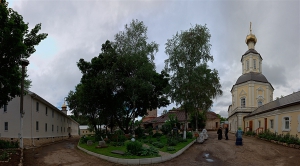 |  |  |  |  | 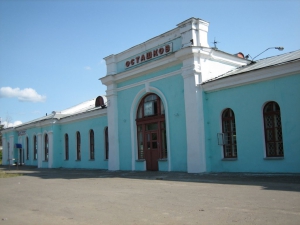 |  |  |  |
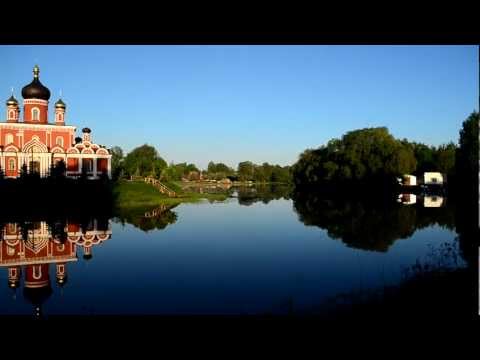 Пример видео 3 Пример видео 3 | 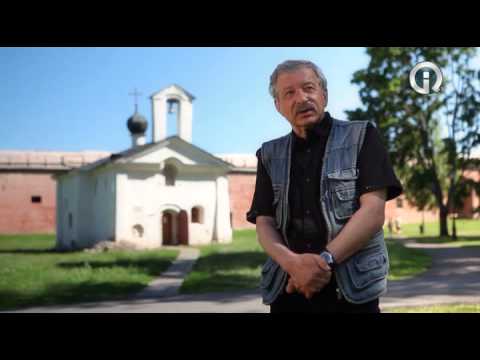 Пример видео 2 Пример видео 2 | 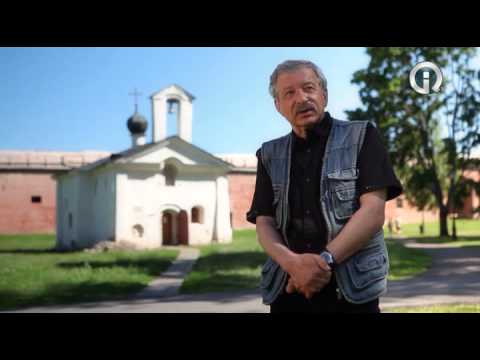 Пример видео 6 Пример видео 6 |  Пример видео 1 Пример видео 1 |  Пример видео 5 Пример видео 5 |  Пример видео 4 Пример видео 4 |
Администрация муниципального образования «Городское поселение – г.Осташков»








